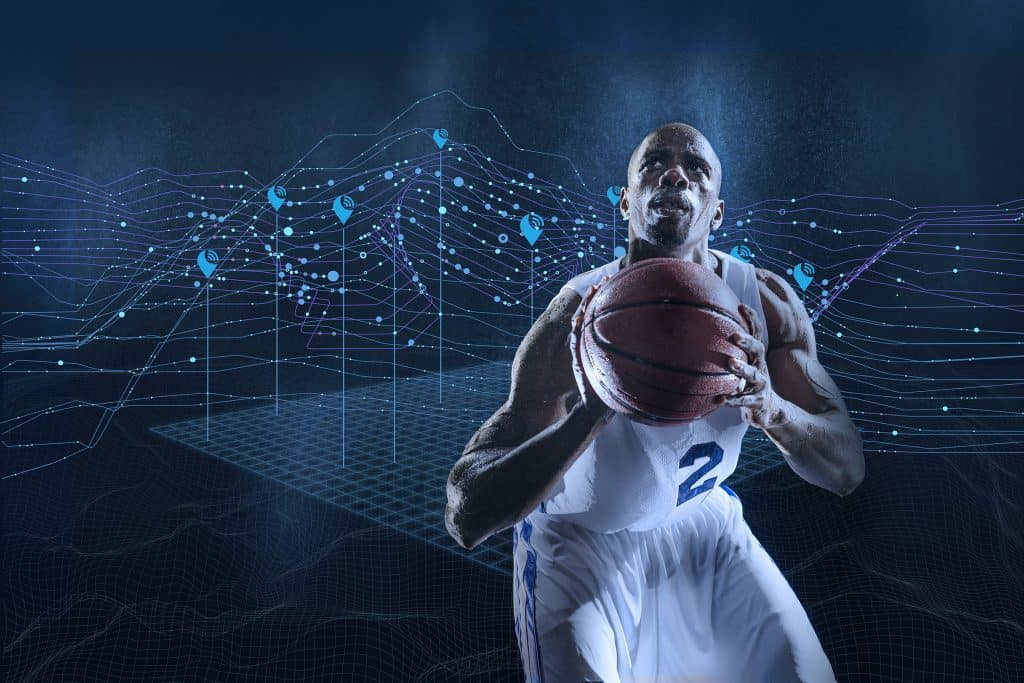Source – https://www.analyticsinsight.net/
The importance of data analytics within everyday online interactions, sports, media and general day-to-day life has become more prevalent. Football until recently, was never included within the data monitoring equation before, yet IoT (Internet of Things involves sensory, connectivity and data analytics) has provided some serious advancements that have made the regulation of sports and football in general much more modern and efficient. Big Data is especially useful to analyse player performances on a more intimate level and allows teams to come to more action related conclusions which are superb for plans of the future.
These metrics are not just used within the world of media, the data evidence-based approaches have also become very relevant to concluding and conjuring future promotional welcome betting offers for online sports gambling. With persevering data collection, gambling platforms can come to conclusions of smart ways to entice and interact with their future traffic, which means the system now is the most efficient and catered, then it has ever been.
I0T and Big Data within football is composed of the following recognised attributes.
Sensory Devices
Sensory devices are worn by athletes to gain the quantifiable data that is necessary to monitor fitness levels of the player. Many of the fitness objectives such as muscle composition, activity, running speeds within a distance and overall performance levels are assessed. This is quite imperative, as players and fitness coaches can build goals to work towards for improvements and maintenance for peak physical activity. These sensors will be input within the clothing worn by the players and then transmitted via Wi-Fi networks within the stadium and training grounds.
There have been technological advancements within this sector of IoT. The HUMANoX Soccer has provided a solution to increase a greater capacity for digital performance and monitoring, where football is involved. The HX50 shin pads have been made from smart materials to increase resistance when under high endurance and physical environments; at even greater levels of data intelligence. It can be tracked by mobile phone systems too, which is a huge leap within fitness monitoring.
VAR Technology
We are sure hard-core football fans will already be aware of this form of technology when it comes to football regulation. VAR is an IoT camera that aids referees on-site to conclude decisions for goals, penalties, red cars etc. Decisions received by this technology are smart and even more accurate than human judgement. Meaning it can greatly improve the efficiency and accuracy of gameplay altogether. We saw this technology first appear within the Russian World Cup 2018.
Big Data in Football
Big Data in football is primarily composed of computer analytical programmes that are equipped within monitoring algorithms and Artificial intelligence. The data gained from these insights has allowed much more accurate predictive models that can improve player predictions, especially when defining a plan of action for player performance. It is evidence-based and is specifically tailored to the statistical figures generated for each player. Football teams can suddenly be more aware of how their players respond and act on the field. This is particularly useful to maximise unique strategic tactics in addition to minimising injury risks.
It is very obvious how IoT and Big Data mould together and harmonise player and team capabilities within football. There is no doubt that the data collected contributes to the evolution and understanding of a football team’s capabilities but also enhances it.
